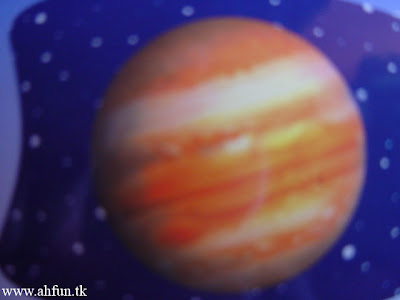At the center of our solar system is a star we call the sun. the sun is only one of billions of stars in the milky way galaxy. Hot gases are constantly released from the sun’s surface. Sometimes these gases explode as dramatic solar flares that can be up to 160,000 kilometers (100,000 miles)long. In 1 second our sun gives off more energy than humans have produced in all of history. Without the sun’s energy, life on earth could not exist. Dark spots, called sunspots, are cooler areas on the sun’s surface. They are often many times larger than earth. Each sunspot lasts about 2weeks. DIAMETER = 1,392,000 KM








